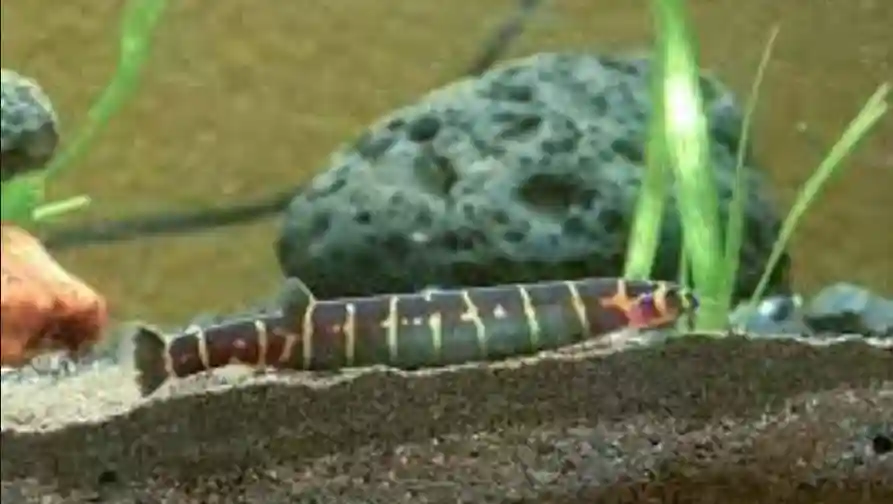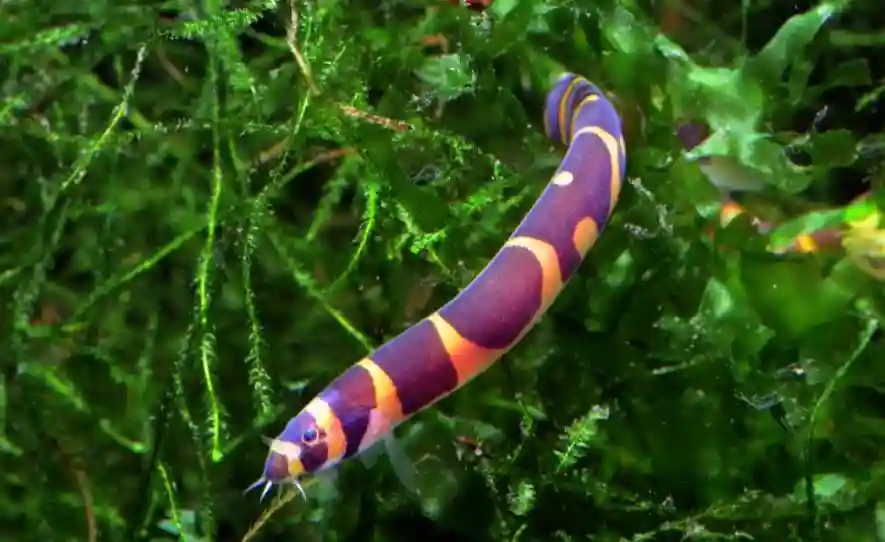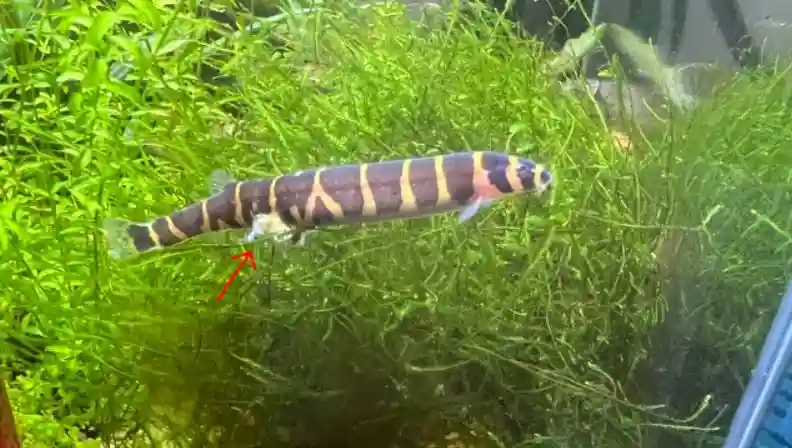Kuhli Loaches are beautiful fish that can make great additions to your aquarium. They are peaceful, social, and easy to care for. However, if you want to breed them, you need to know some important things about their breeding habits and requirements. Let’s dive and understand how to breed kuhli loaches?
How to breed Kuhli loaches?

Kuhli loaches are a type of freshwater fish that belong to the Cobitidae family. They are native to Southeast Asia, where they live in clean, slow-moving streams and rivers. They have yellow eel-like bodies with brown or black stripes, and they can grow up to 5 inches long in the wild. Kuhli loaches are omnivorous and eat both plant and animal matter. They are also known for their burrowing behavior, which helps them find food and shelter in the substrate.

Kuhli loaches are popular among aquarists because they are peaceful and sociable fish that can get along well with other compatible species. They also have an interesting appearance that makes them stand out in any aquarium. However, kuhli loaches are not easy to breed in captivity, as they have specific conditions and behaviors that need to be met for successful reproduction.
Good hiding places for kuhli loaches in a tank
Kuhli loaches like to hide in various places in their tank that provide them with shelter and food. They prefer a soft substrate such as sand or fine gravel that allows them to burrow easily. They also like to squeeze into small spaces such as caves, PVC pipes, terra cotta pots, or twisted roots. Additionally, they enjoy hanging out in plants such as Java ferns that offer them more hiding spots like rocks or driftwood. You can also use other decorations such as suction cups or breeder boxes that mimic their natural environment.
Kuhli loaches Breeding Tips: How to breed Kuhli loaches?

If you want to breed kuhli loaches, you need to provide them with the following:
- A large tank: Kuhli loaches need at least 20 gallons of water per fish for optimal breeding conditions. The tank should have plenty of hiding places, such as rocks, plants, driftwood, or caves.
- A suitable water temperature: Kuhli loaches prefer a temperature range of 73°F to 86°F (23°C to 30°C). The water should be slightly acidic (pH 5.5 to 6.5) and soft (dGH <5).
- A balanced diet: Kuhli loaches need a varied diet that includes high-quality flakes or pellets for protein, algae wafers or spirulina flakes for vitamins and minerals, fresh vegetables or fruits for fiber and antioxidants, and occasional treats such as bloodworms or brine shrimp.
- A compatible tank mates: Kuhli loaches should be kept with other peaceful and shy fish that do not harass or nip at their fins or tails. Some examples of good tank mates for kuhli loaches are otocinclus catfish, gouramis, bettas, platies, danios, rasboras, tetras, corydoras catfish, snails, shrimp, etc.
- A breeding environment: Kuhli loaches need a dark place where they can hide during the breeding season. This can be a cave-like area in the tank or an external enclosure attached to the tank with a screen mesh. The breeding environment should have some plants or decorations that provide shelter and food for the parents.
- A breeding cycle: Kuhli loaches breed throughout the year in captivity, but they tend to be more active during spring and summer months when the water temperature is warmer. The breeding cycle lasts from 2 weeks to several months depending on the water conditions and the individual fish.
- A breeding process: Kuhli loaches breed by releasing eggs into the water column where they hatch into free-swimming larvae called leptocephali (meaning “slender heads”). The leptocephali feed on plankton until they develop eyespots on their heads that allow them to find food underwater. After about 2 weeks of development, the leptocephali settle on plants or rocks near the surface where they metamorphose into juvenile kuhli loaches after another week.
How do I know if my kuhli loach is male or female?
To tell the gender of kuhli loaches, you need to look at their body size, tail shape, pectoral fins, and coloration. Generally, females are larger and plumper than males, have straight-tipped tails, larger and more paddle-shaped pectoral fins, and a more rounded body shape.
Males are smaller and leaner than females, have curved-tipped tails, smaller and less paddle-shaped pectoral fins, and a more angular body shape. However, these differences may not be very obvious or consistent among different individuals or batches of fish. The best way to confirm the gender of your kuhli loaches is to observe them closely when they are not breeding or showing signs of aggression.
Conclusion
Breeding kuhli loaches can be a rewarding experience if you follow these tips carefully. However, it is not an easy task as it requires patience and dedication from both you and your fish. You also need to monitor your fish’s health regularly and provide them with proper care throughout their life cycle.
Kuhli loaches are beautiful fish that can add color and diversity to your aquarium if you manage them well. They are also intelligent and curious creatures that can learn new skills if you train them properly.





Leave a Comment
You must be logged in to post a comment.